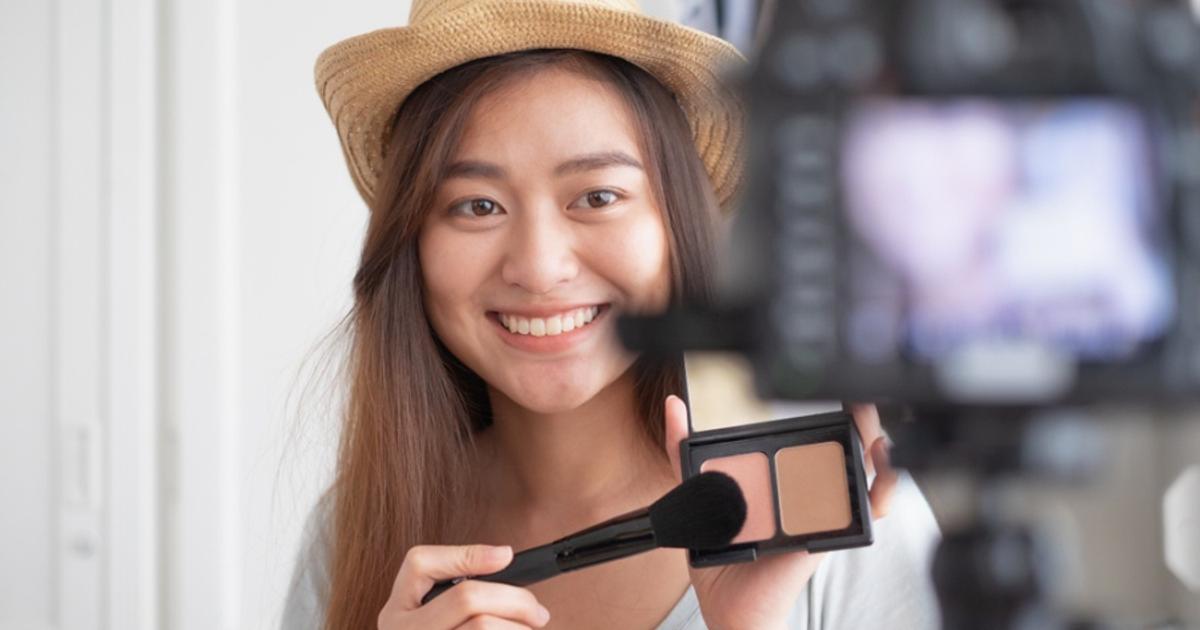A new report from Meltwater reveals shopper trends in the beauty industry in four markets in Southeast Asia: Singapore, Indonesia, Philippines, and Malaysia. To tabulate data, content across millions of posts from Twitter, Facebook, YouTube and Instagram, as well as blogs, review sites and online forums, were studied across a tracking period of July 1 to December 31, 2018.
Here are some key findings from the report:
Indonesia leads the way in social chatter about beauty
Indonesia accounts for 38% of the beauty-related chatter in the region followed by Malaysia and the Philippines at 29% and 27%, respectively. The beauty market In Indonesia has grown 10% to 15% annually on the back of rising disposable incomes and aggressive marketing by beauty companies. And according to Euromonitor, Indonesia’s beauty and personal care market is worth US$6 billion and is expected to touch US$8.4 billion by 2022.
J-beauty surpasses K-beauty
In the last decade, K-beauty (Korean beauty) has been at the forefront of Southeast Asian beauty trends. But the Meltwater report indicates that J-beauty (Japanese beauty) has played catchup, with 58.7% of content influenced by the latter trend.
According to the report, this growth can be attributed to the rise in foreign tourists to Japan and consequent exposure of popular products through social media. Regional residents, especially Indonesians and Filipinos, travel to Japan in greater numbers on the back of positive macro-economic trends that are propelling more people into the middle-class bracket.
Japanese beauty companies are making the most of this trend; for instance, Shiseido launched a new skincare brand Waso spotlighting local ingredients such as soybean and white jelly mushroom, both considered ‘exotic’ outside of Japan.
Influencers overtake celebrities in brand collaborations
The beauty industry is no stranger to influencer marketing, and findings show that digital influencers have now overtaken celebrities as the top choice for beauty brand endorsements and commercial collaborations. Based on the report, 65% of teenagers now use social media and influencers to discover and select beauty products.
Apparently, celebrities just aren’t as “relatable to people anymore” as consumers are getting more savvy at spotting when they are being sold to and would much rather hear from “real” people who can tell a better story and offer more honest and credible reviews, the report opined. In the process, brands are also starting to gain more confidence in their influencer collaborations and involving influencers in product development and creative processes.
Lips dominate social-media performance
It turns out that most Southeast Asians prefer to look at content about lip products as that category recorded a 49.2% category share of voice compared to 26.3% for face products, 23.5% for eye products, and just 1% for check products. In the lip category, brands that were talked about most in the four markets were in the Estée Lauder group (87.5%) followed by L’Oreal (39.4%).
Twitter is more lit than YouTube
It’s no surprise that Instagram overwhelmingly surpasses all social-media channels as a tool for talent-led collaborations. However, in Indonesia, both Twitter and Instagram shared first place at 49%. In Singapore and Malaysia, however, the stats indicate that Twitter is far less popular. In all four markets, YouTube was the least popular channel. No data was provided for content on Facebook.
